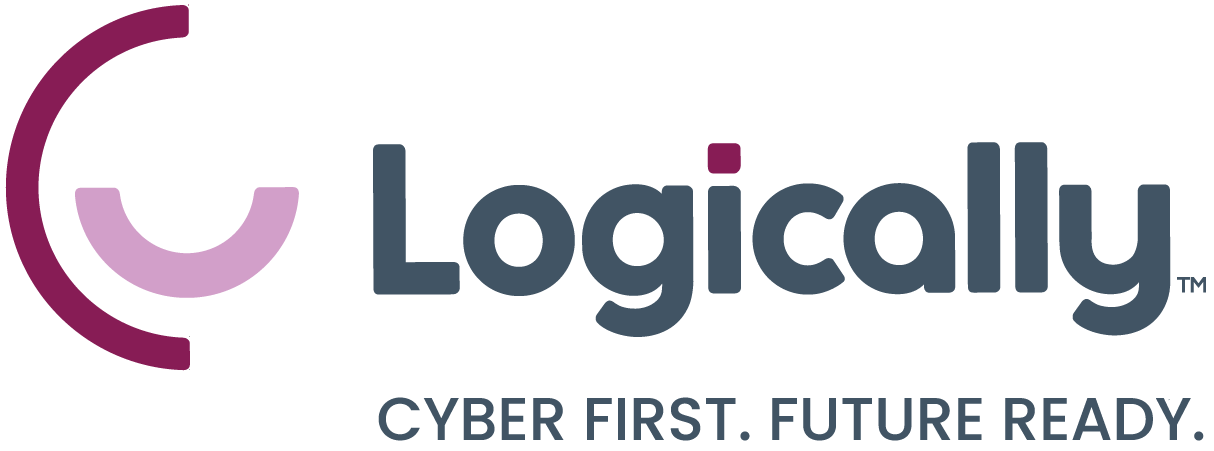
AI is revolutionizing healthcare, from helping doctors make diagnoses faster and easier to streamlining hospital operations between clinical staff. But while clinicians explore how to put AI to work for good, cybercriminals are using it for something else entirely: accelerating attacks against the very systems that support care delivery.
AI is, unfortunately, powering a new generation of threats. Phishing emails are sharper, ransomware is spreading faster, and impersonation scams feel eerily real. And healthcare, with its valuable data and complex digital footprint, is right in the crosshairs. The question isn’t if these threats will reach your organization, but whether you’re prepared when they inevitably do.
How Cybercriminals Are Using AI Today
Forget the obvious phishing emails designed to lure only the most vulnerable targets. Thanks to AI, today’s attacks are high-volume, hyper-personalized, and unsettlingly convincing.
Cybercriminals are using large language models (LLMs) to draft well-crafted messages that can mimic internal communications, reference real-world events, and even mimic executives or physicians in seconds with the help of voice cloning tools. Deepfake video technology makes visual impersonation more convincing than ever. And malware? AI now writes and adapts it in real time, testing different delivery methods and learning which ones work.
For example, an executive at a financial investment firm once spoke at a public event and later shared the recording on social media. Shortly after, they received an email from someone claiming to have spoken with them after the event. Attached was a PDF, which was seemingly harmless. But once opened, it allowed the attacker to access the executive’s personal device and all of the data within it.
Suffice it to say, ransomware gangs are no longer shadowy figures in basements. They operate like businesses, using AI to identify weak points, automate attacks, and even outsource talent. With these tools in hand, even lone attackers can now launch campaigns that once required entire teams.
Why Healthcare Is Especially Vulnerable
Healthcare is a high-value target with a low tolerance for disruption. That’s what makes it so appealing to attackers, especially those using AI. Unlike other industries, healthcare must notify OCR and affected patients when a breach occurs. The operational, financial, and reputational cost of falling for one AI-powered scam can ripple for months.
Other AI-driven threats facing healthcare:
- Voice-cloned messages impersonating doctors to request urgent system access
- Personalized spear phishing using data scraped from staff bios, provider directories, or press releases
- AI-generated malware that mimics legitimate software updates
- Social engineering campaigns that feel tailored to individual recipients
Why Traditional Defenses Aren’t Enough
Firewalls and endpoint protection were designed for predictable, rule-based attacks, but AI-powered threats don’t follow those rules.
They bypass traditional filters by constantly changing their structure and language. They use public data to mimic human behavior: emails that reference real events, messages that echo actual conversations, or voicemails that sound just like your CEO. And once inside, they move laterally, using legitimate credentials to stay under the radar.
At the same time, healthcare organizations are expanding access to support care delivery: remote work, telehealth, bring-your-own-device (BYOD) policies, cloud EHRs, and more. Every new layer of access introduces more complexity—and more opportunity for attackers. Unfortunately for healthcare IT leaders, security and access have an inverse relationship. The more flexible your systems become, the more intentional your protections need to be.
How to Defend Against AI-Powered Attacks
Stopping AI threats doesn’t mean you have to slow down innovation. It just means you need to be more proactive about how you manage infrastructure, train your staff, and prepare for evolving risks. Every healthcare IT leader should take proactive steps now to stay ahead of this new class of threats.
What every healthcare IT leader should be doing:
- Use behavior-based threat detection, not just signature-based tools
- Train staff to spot AI-generated phishing and deepfakes
- Apply zero-trust architecture across devices, users, and systems
- Reduce your digital footprint by limiting unnecessary public data sharing
- Develop and test response plans for impersonation attacks and ransomware
- Work with a security partner who understands both AI and healthcare
Modern Threats Require a Modern Defense Strategy
AI is changing the rules of healthcare—and of cybersecurity. The attackers are getting smarter, faster, more targeted, and harder to detect. And they’re already inside your organization’s sphere of influence. Now’s the time to strengthen your defenses and empower your people.
Schedule a consultation with one of our experts to assess your exposure and build a modern defense strategy against AI-powered threats.




